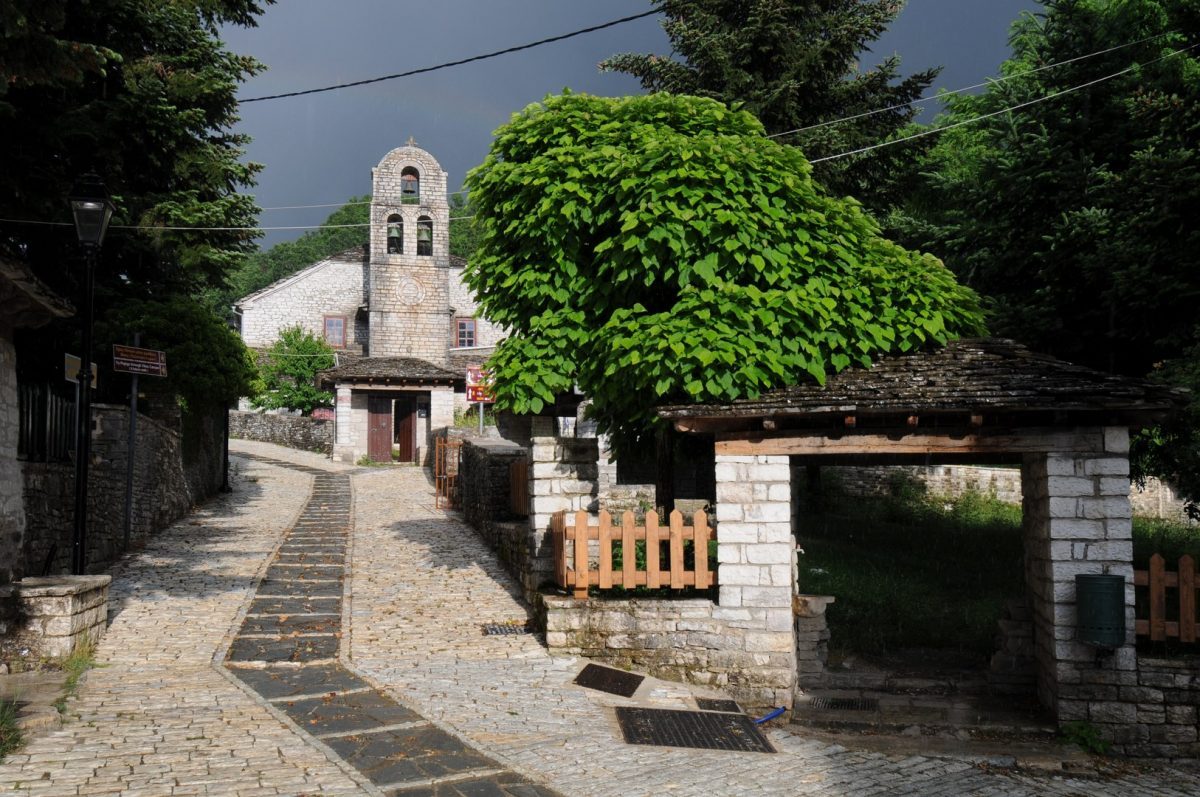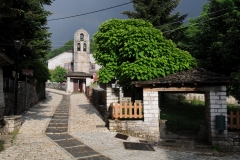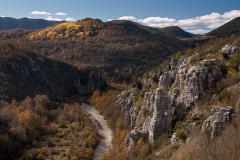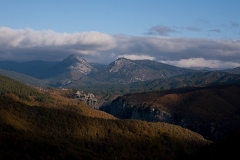The first inhabitants of the 46 stone villages in Zagori did not just choose this particular mountainous location (Zagori = behind the mountains) by chance. Thanks to this rugged and secluded location, the inhabitants of Zagori acquired privileges of freedom, autonomy and a special tax treatment during the period of Ottoman domination. They managed to bridge the numerous rivers of the area with a unique network of arched, double-arched or even three-arched bridges; more than 30 of them are still in good condition. The inhabitants of Zagori were the first who opened communication channels through trade activities, reaching as merchants even the distant Russia and Western Europe.
These wealthy expatriates investing in their homeland, contributed to the overall development of the area. Thanks to this economic, social and cultural development, which lasted nearly three centuries, Zagori gained its glamour and wealth, which is depicted today on the human landscape. The 46 traditional villages are located to the north of Ioannina, built like eagle nests on the slopes and forests between Timfi and Mitsikeli Mountains, Valia Calda and Aoos River. Three major rivers cross the area: Aoos River to the north, Voidomatis River in the centre and to the west and the tributaries of Arachthos: Vardas and Zagoritikos Rivers to the southeast.
The Municipality of Zagori, with Aspraggeloi village being its seat, is divided into 5 Municipal Units (Municipal Unit of Central Zagori, Timfi, East Zagori, Papigo and Vovoussa). It has 3.724 inhabitants and covers an area of almost 992 km2.
Georgia Kitsaki, Historian- Archaeologist/ M.Sc. Social Folklore, Epirus Development Agency S.A.
Haritakis Papaioannou, PhD. Conservation Biologist, Epirus Development Agency S.A.








Τα σχόλια είναι κλειστά!